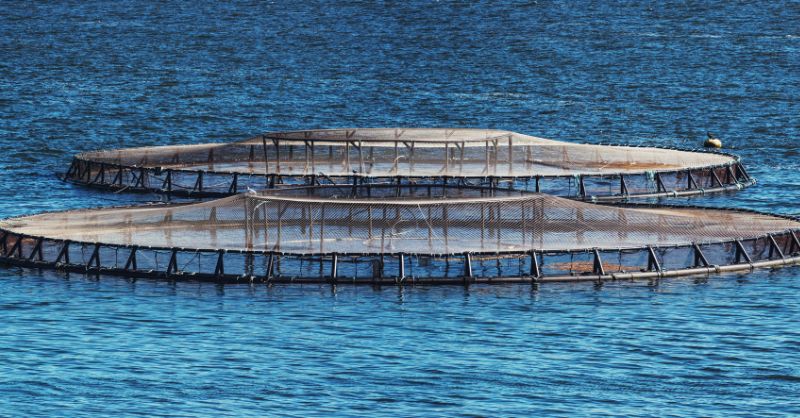Aquaculture Supplies: Meeting Industry Needs with Innovation
02 August, 2023

Aquaculture, the practice of cultivating aquatic organisms such as fish, mollusks, and aquatic plants, plays a crucial role in meeting the global demand for seafood. As the industry continues to grow, the importance of efficient and sustainable aquaculture practices cannot be overstated. Key to achieving these goals are the aquaculture supplies that support the entire production process. In this article, we delve into the world of aquaculture supplies, equipment, tools, and innovations that are shaping the industry's trajectory.
Aquaculture equipment has evolved significantly over the years, contributing to improved production efficiency and environmental sustainability. Modern aquaculture farms utilize a range of specialized equipment to create optimal conditions for aquatic life. Water quality management systems, a cornerstone of these farms, ensure that aquatic organisms thrive in a controlled environment. These systems regulate parameters like temperature, oxygen levels, and pH, which are crucial for the well-being of the aquatic species.
Fish farming supplies are at the heart of aquaculture operations. These supplies encompass a diverse range of items, including fish feed, nets, tanks, and disease control solutions. High-quality fish feed, formulated to meet the nutritional needs of different species, is essential for healthy growth and development. Nets and tanks are designed to provide a safe and contained environment for the fish to grow and reproduce. Furthermore, disease control solutions are paramount in preventing and managing outbreaks that can devastate entire aquaculture operations.
Aquaculture tools cater to the finer aspects of farming aquatic organisms. These tools aid in activities such as water testing, feeding, and harvesting. Water testing kits help monitor crucial parameters, ensuring the aquatic environment remains optimal for the organisms. Automated feeding systems not only ensure timely nourishment but also prevent overfeeding, reducing waste and environmental impact. During the harvesting process, specialized tools facilitate the safe and efficient collection of aquatic organisms for market distribution.
Innovations are driving the aquaculture industry towards increased sustainability and productivity. One notable innovation is the integration of technology in aquaculture operations. Remote monitoring systems allow farmers to track and adjust conditions in real time, minimizing risks and maximizing yields. Moreover, advancements in recirculating aquaculture systems (RAS) have revolutionized water management. RAS significantly reduces water usage by recirculating and purifying water, benefiting both the environment and the farmer's bottom line.
Despite the many advancements, the aquaculture industry faces challenges that require continuous attention. Disease outbreaks can devastate fish stocks and disrupt operations. As a result, investing in robust disease management strategies and health-monitoring technologies is essential. Additionally, concerns about environmental impact drive the need for sustainable practices. Efforts to minimize waste, control pollution, and reduce resource usage are at the forefront of the industry's agenda.
The demand for seafood continues to rise, making aquaculture a critical player in global food security. Aquaculture supplies, equipment, and innovations are instrumental in bridging the demand-supply gap. As technology continues to evolve, aquaculture operations will become more efficient, sustainable, and economically viable. Collaboration between researchers, industry players, and policymakers will be pivotal in ensuring that aquaculture meets the world's growing appetite for seafood while preserving our oceans and ecosystems.
Aquaculture supplies, equipment, tools, and innovations are the cornerstones of a thriving and sustainable aquaculture industry. These elements work together to create optimal conditions for aquatic life, enhance production efficiency, and address industry challenges. As the world's population grows and demands for seafood increase, the aquaculture industry's evolution is set to continue, driven by innovation and a commitment to environmental stewardship.
